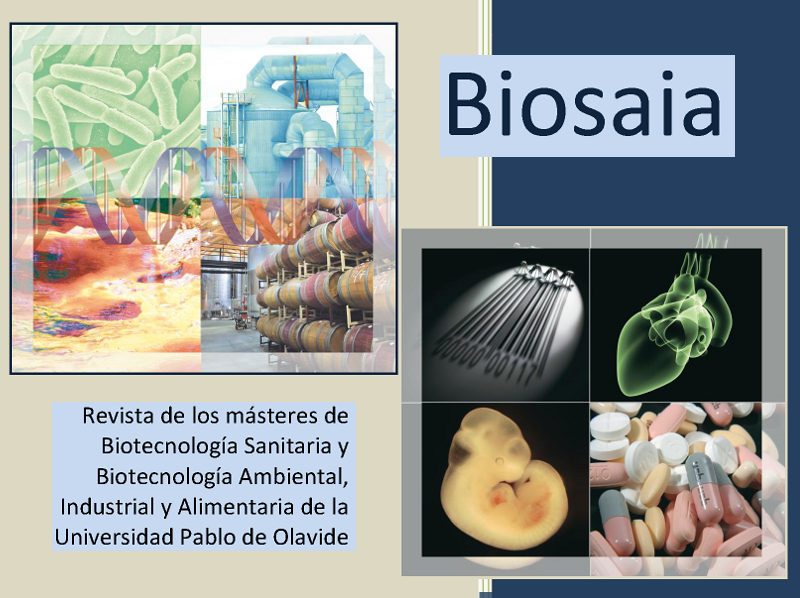CRISPR/Cas9 mediated genome edition in castor plant based on Golden Gate Assembly
Palabras clave:
Genome-editing, Plant BiotechnologyResumen
Motivation: CRISPR/Cas9 technology has been developed as the most efficient and widely used genome editing tool to modify genomes of numerous plants, where cas9 cuts in the double strand of DNA is driven by a sequence of 20 nucleotides included in a single guide RNA (sgRNA). However, simultaneous editing of multiple targets using CRISPR/Cas9 remains a technical challenge in this field (Ma et al., 2014).
Methods: In the present work, Golden Gate Assembly cloning strategy was used to generate multiple CRISPR/cas9 editing structures to be used in castor plant. Modular cloning systems use type IIS enzymes to cut outside their recognition site allowing efficient assembly of DNA fragments with compatible overhangs, facilitating the correct orientation of multiple sequences simultaneously (Engler et al., 2014). Our main goal was obtaining a genetic construction that allows the expression of two sgRNAs together with the cas9 nuclease in the same plasmid vector for transformation of castor via Agrobacterium infection.
Two CRISPR targets for FAH12 castor hydroxylase were selected to avoid possible off targets. These targets were included in sgRNAs and cloned in level 0 plasmids, each one flanked by restriction sites for the BsaI enzyme. Golden Gate level 1 reaction includes several BsaI digestion and ligation cycles that assemble U6 promoter with both sgRNAs separately into level 1 plasmids flanked by BpiI restriction sites. Simultaneously, cas9 enzyme was cloned under the control of a double strong 35S promoter followed by the nopaline synthase (nosT) terminator from level 0 plasmid including those elements into another level 1 plasmid, also flanked by BpiI restriction sites. Digestion with BpiI then show compatible overhangs in all of level 1 elements (U6-sgRNA1, U6-sgRNA2, 2x35S-cas9-nosT), which can be assembled in correct order and orientation into a level 2 structure. The final result was a level 2 plasmid including all the elements required for CRISPR/cas9 multiplex genome editing of FAH12 hydroxilase. This construction will be transferred to Agrobacterium for later castor embryos transformation
Descargas
Citas
Engler, C. et al. (2014) A Golden Gate modular cloning toolbox for plants. ACS Synthetic Biology, 3(Suppl. 11), 839–843.
Ma, S. et al. (2014) CRISPR
Descargas
Publicado
Cómo citar
Número
Sección
Licencia
Derechos de autor 2022 Biosaia: Revista de los másteres de Biotecnología Sanitaria y Biotecnología Ambiental, Industrial y Alimentaria

Esta obra está bajo una licencia internacional Creative Commons Atribución-NoComercial-CompartirIgual 4.0.





